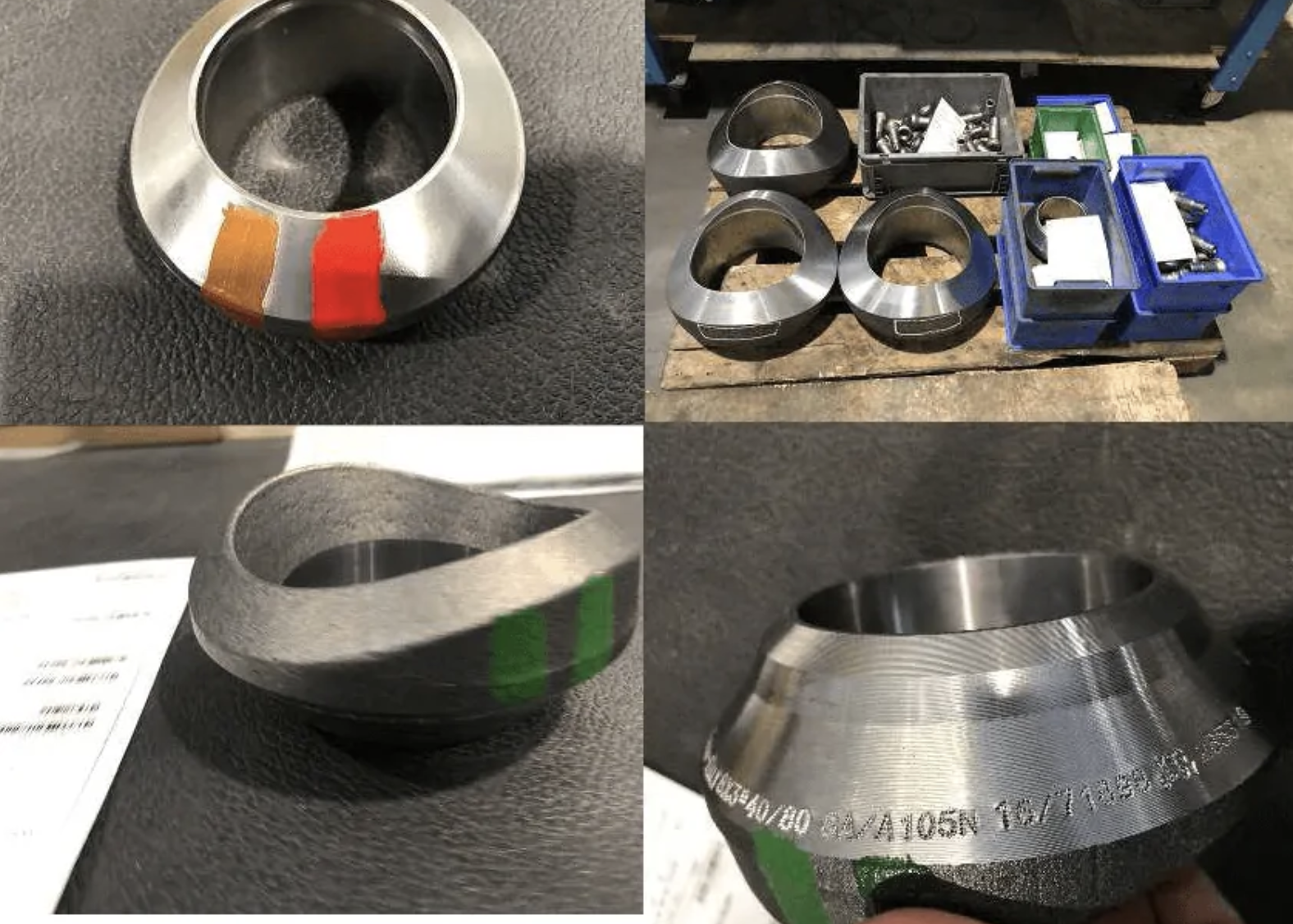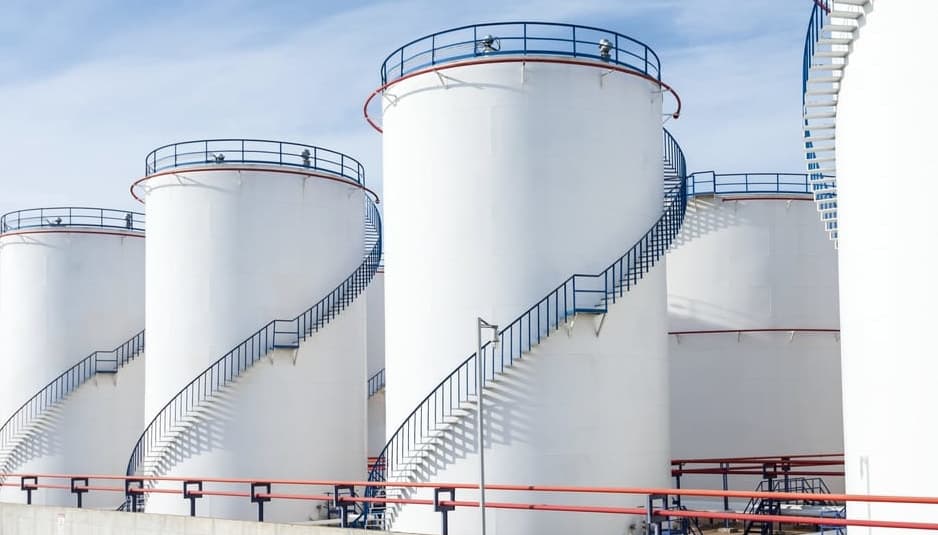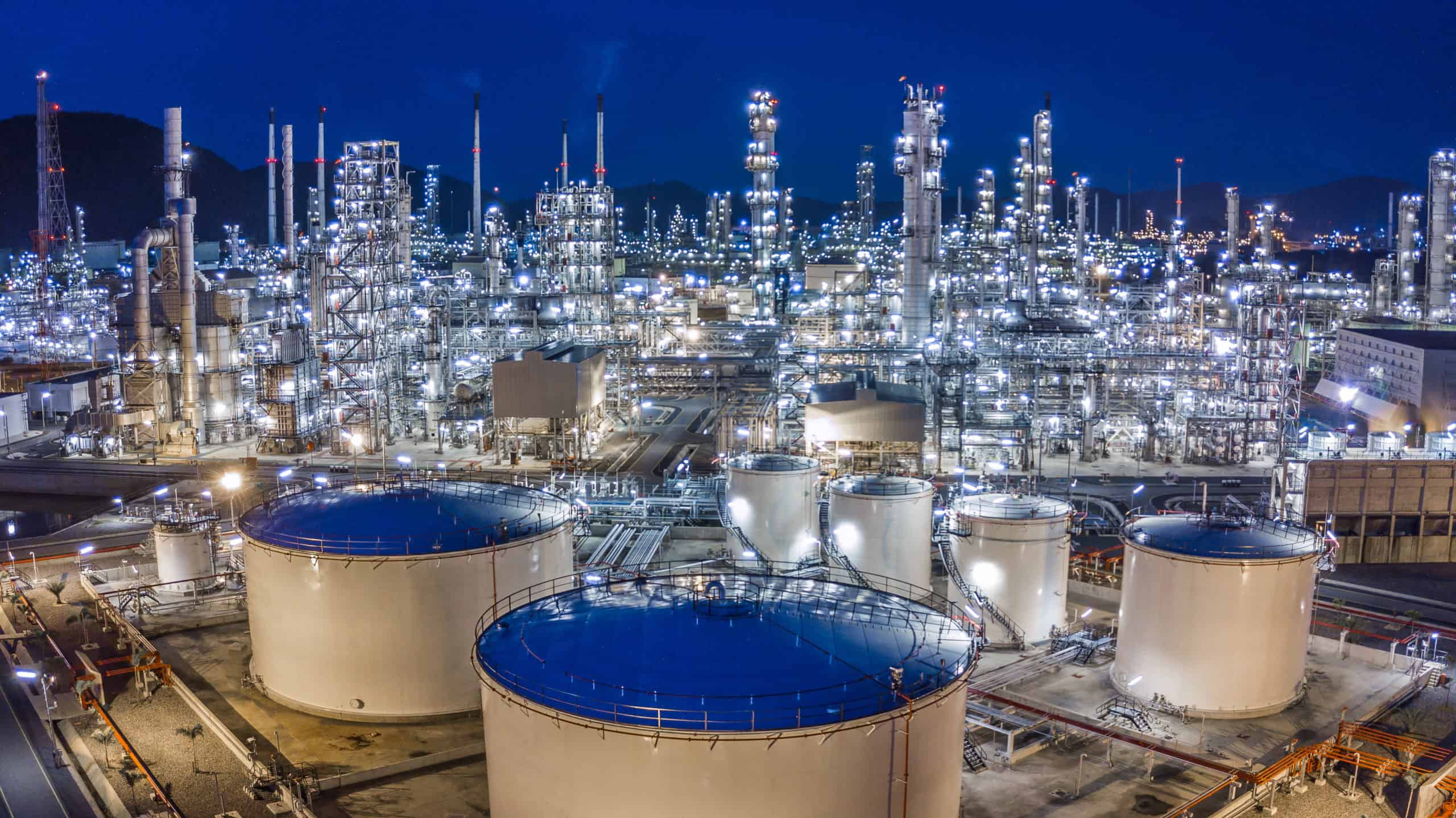In industrial piping systems, ensuring the integrity and reliability of welds is crucial for maintaining safety, efficiency, and performance. Among the various types of fittings used in piping systems, the Weldolet is a critical component that demands specific attention during inspections. This blog will delve into the definition of Weldolets, why inspections are crucial, and how to conduct thorough inspections, including those performed after the piping system is in service. We will also explore stresses from inadequate supports and vibrations and introduce the Engineering Probability of Failure (POF) and Consequence of Failure (COF) Analysis concepts used to determine the suitability for service of Weldolets. Additionally, we will highlight how InServe Mechanical Integrity Group can tailor a comprehensive Weldolet inspection program to meet your specific needs.
What is a Weldolet?
A Weldolet is a fitting used in piping systems to connect a branch pipe to the main pipe. It’s a variant of the more common pipe fitting known as a branch connection. Designed to handle both low- and high-pressure applications, Weldolets are installed by welding. They are favored for providing a robust and seamless connection between pipes, which is essential for maintaining the system’s structural integrity across varying pressure conditions.
Why Are Weldolet Inspections Crucial?
1. Safety: The primary reason for inspecting Weldolets is safety. Faulty welds can lead to leaks, bursts, or catastrophic failures in a piping system. Such incidents pose significant safety risks and can result in environmental damage and financial losses. Regular inspections help identify and rectify Probability issues before they escalate into serious problems.
2. Compliance: Industrial piping systems must adhere to stringent regulations and standards set by various industry bodies. Regular inspections ensure that all components, including Weldolets, meet these regulatory requirements, helping companies avoid fines and legal issues.
3. Longevity: Properly inspected and maintained Weldolets contribute to the overall longevity of the piping system. By addressing issues such as corrosion, fatigue, and stress, inspections help extend the piping infrastructure’s lifespan.
4. Operational Efficiency: Faulty welds or improperly installed Weldolets can disrupt the flow of fluids, reduce system efficiency, and increase operational costs. Inspections help maintain smooth operation and optimal performance of the piping system.
Critical Aspects of Weldolet Inspections
1. Visual Inspection: The first step in any Weldolet inspection is a thorough visual examination. Inspectors look for obvious signs of defects such as cracks, corrosion, and improper alignment. While this method is straightforward, it is crucial for identifying surface-level issues that may require further investigation.
2. Weld Quality Checks: The integrity of the weld connecting the Weldolet to the main pipe is paramount. Inspectors use various techniques to assess the quality of the weld, including:
- Ultrasonic Testing (UT): Used to detect internal flaws and measure the thickness of the weld and the pipe.
- Radiographic Testing (RT): Employs X-rays or gamma rays to reveal internal defects in the weld.
- Magnetic Particle Testing (MPT): Suitable for detecting surface and near-surface defects in ferromagnetic materials.
- Dye Penetrant Testing (DPT): Useful for identifying surface cracks by applying a visible dye to the weld area.
- Phased Array Ultrasonic Testing (PAUT): An advanced form of ultrasonic testing that uses multiple elements and scanning techniques to provide detailed images of the weld’s internal structure, improving the detection of complex flaws.
- Surface Eddy Current Testing: Ideal for detecting surface and near-surface cracks and corrosion in conductive materials, providing high sensitivity and accuracy for identifying defects that may not be visible with other methods.
3. Dimensional Verification: Another critical aspect of the inspection is ensuring that the Weldolet and its associated welds meet the specified dimensions. Inspectors use precision tools and gauges to measure the dimensions of the Weldolet and verify that they match the engineering specifications.
4. Stress and Load Testing: Depending on the application and operating conditions, inspectors may conduct stress and load tests to ensure the Weldolet can withstand the expected pressures and stresses. This testing helps confirm that the Weldolet will perform reliably under both low-pressure and high-pressure conditions.
5. Documentation and Reporting: After the inspection is completed, detailed documentation is prepared. This includes recording all findings, measurements, and corrective actions taken. Proper documentation is essential for maintaining compliance and providing a reference for future inspections.
Post-Service Weldolet Inspections
Inspecting Weldolets after the piping system has been put into service is crucial for maintaining long-term safety and performance. Here’s what you need to know:
1. Regular Monitoring: After the piping system is in service, regular monitoring of Weldolets is essential. This involves periodic visual inspections and ongoing monitoring for signs of wear, corrosion, or any operational issues that may affect the Weldolets.
2. In-Service Inspection Techniques: Various non-destructive testing methods can be used for in-service inspections, including:
- Ultrasonic Testing (UT): Used to detect internal corrosion and measure the thickness of the weld and the pipe.
- Radiographic Testing (RT): Employs X-rays or gamma rays to reveal internal defects in the weld.
- Magnetic Particle Testing (MPT): Suitable for detecting surface and near-surface defects in non-coated ferromagnetic materials.
- Dye Penetrant Testing (DPT): Useful for identifying surface cracks by applying a visible dye to the weld area on non-coated.
- Phased Array Ultrasonic Testing (PAUT): Provides detailed images of welds, helping to identify complex flaws and ensuring thorough inspection.
- Surface Eddy Current Testing: Detects surface and near-surface defects with high sensitivity, ideal for materials subject to wear or corrosion.
3. Damage Mechanism Review: A critical part of post-service inspections involves reviewing the damage mechanisms that could affect the Weldolets over time. This includes:
- Corrosion: Identifying types of corrosion that could affect the Weldolet, such as pitting, crevice, or stress-corrosion cracking. Understanding the environmental factors and conditions contributing to corrosion helps evaluate the expected damage.
- Erosion: Assessing wear and erosion due to the flow of fluids and particulate matter. Erosion can lead to thinning of the weld and weakening of the Weldolet.
- Fatigue: Evaluating fatigue damage caused by cyclic loading or vibrations. Repeated stress can lead to the development of cracks and failure over time.
- Thermal Effects: Considering the impact of thermal cycling or extreme temperature variations on the Weldolet and its weld. Thermal stresses can cause material degradation and affect the integrity of the weld.
4. Corrosion Monitoring: Since piping systems can be exposed to various environmental conditions, monitoring for corrosion or erosion over time is essential. Regularly inspecting for corrosion helps prevent Probability failures caused by material degradation.
5. Operational Conditions Review: Reviewing the operational conditions under which the Weldolets are functioning can provide insights into Probability issues. Pressure fluctuations, temperature variations, and flow rates should be analyzed to ensure they are within the design parameters.
6. Reactive Inspections: If there are any signs of leaks, pressure drops, or other anomalies, immediate inspections should be conducted to diagnose and address the issue. Reactive inspections can prevent minor problems from escalating into significant failures.
Engineering Probability of Failure (POF) and Consequence of Failure (COF) Analysis
To ensure Weldolets’ continued suitability for service, it is essential to perform a detailed Engineering Probability of Failure (POF) and Consequence of Failure (COF) Analysis after field inspections have been completed. This analysis helps assess the risks associated with Weldolets and understand the impact of Probability failures on the overall piping system. It can also assist operators in prioritizing future inspections.
1. Probability of Failure Analysis (POF):
- Identify Failure Modes: Analyze the Probability of failure modes of Weldolets, such as weld defects, corrosion, or mechanical stress. Consider how these failures could occur and their likelihood based on historical data and inspection findings.
- Evaluate Risk Factors: Assess factors that could contribute to failure, including operational conditions, material properties, and environmental influences. Understanding these risk factors helps predict probability failures more accurately.
2. Consequence of Failure Analysis (COF):
- Assess Impact: Evaluate the consequences of a Weldolet failure on the piping system. This includes considering the Probability of leaks, system shutdowns, or catastrophic failures that could result in safety hazards, environmental damage, or significant operational disruptions.
- Determine Risk Levels: Assign risk levels to different failure scenarios based on their Probability impact. This helps prioritize inspection and maintenance efforts to address the most critical risks first.
3. Mitigation Strategies:
- Implement Controls: Based on the POF and COF analysis, implement controls and preventive measures to mitigate identified risks. This may include improving support systems, adjusting operational parameters, or reinforcing welds.
- Update Maintenance Plans: Adjust maintenance and inspection plans to focus on high-risk areas identified during the analysis. Ensure that inspection frequencies and methods are aligned with the assessed risks.
4. Continuous Monitoring:
- Ongoing Evaluation: Regularly update the POF and COF analysis to reflect operational conditions, system upgrades, or new inspection data changes. Continuous monitoring ensures that risk assessments remain accurate and relevant.
InServe Mechanical Integrity Group’s Weldolet Inspection Program
At InServe Mechanical Integrity Group, we understand the critical importance of Weldolet inspections in maintaining the safety and efficiency of your piping systems. Our Weldolet Inspection Program is designed to provide comprehensive, tailored solutions to meet the specific needs of your industrial operations.
Figure 1: Inspectors using Magnetic Particle Testing (MT) testing on a Weldolet.
Our program offers:
- Customized Inspection Plans: We work closely with you to develop inspection strategies tailored to your piping system’s unique requirements, ensuring that all relevant factors are addressed.
- Expertise in Advanced Testing Methods: Our team utilizes cutting-edge non-destructive testing methods, including Phased Array Ultrasonic Testing (PAUT) and Surface Eddy Current Testing, to provide precise and comprehensive inspections.
- Damage Mechanism Review: Our inspections include a thorough review of damage mechanisms, helping you address issues like corrosion, erosion, and fatigue before they become significant problems.
- Engineering Analysis: We perform detailed POF and COF analysis to assess risks and impacts, ensuring that your Weldolets remain suitable for service throughout their lifecycle.
Conclusion
Weldolet inspections are vital to maintaining industrial piping systems’ safety, reliability, and efficiency. Addressing stresses from inadequate supports and vibrations is crucial for preventing structural failures and ensuring the long-term performance of Weldolets. Industries can ensure their piping systems operate smoothly and safely by understanding the importance of these inspections, incorporating advanced testing methods, and performing comprehensive damage mechanism reviews and engineering analyses. Regular and thorough inspections help identify Probability issues before they become serious, thereby protecting people and assets.
For more information on Weldolet inspections and to schedule an inspection, consult with InServe Mechanical Integrity Group. Taking proactive steps today will help safeguard your piping infrastructure for years.



